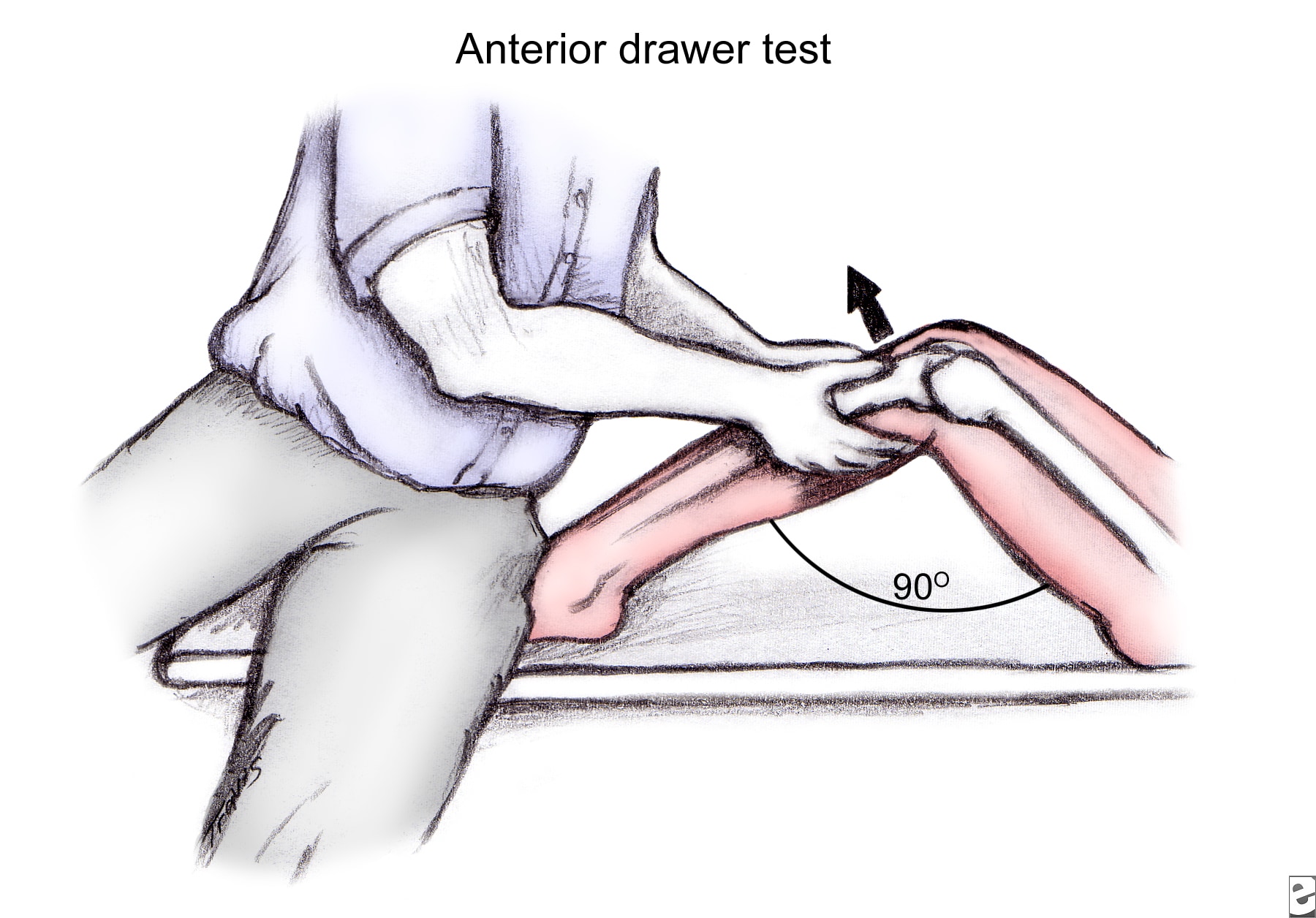Knee Injuries And The Home Viewer
Posted by jstevrtc on February 25th, 2010Whether or not you’ve had a knee injury of any kind in the past, there aren’t many things that make people cringe more readily than watching a game on TV and seeing that slow-motion replay of a gruesome injury, especially when it involves an athlete’s knee(s). The only thing stranger than seeing that joint go out of place and do that strange contortion for a split-second (I shudder every time) is watching it from multiple angles in super-slo-mo in high definition while an announcer narrates it — “Oh yeah, THERE it is!”
We saw this during Robbie Hummel’s injury last night. When he drove into the lane and planted that right leg — you saw it. Something happened, and it was unnatural. Then the slow-motion replays gave you a better look at it. It’s the usual story — a player plants their (usually in-turned) leg, but the top part of the knee keeps moving while the bottom stays still. Pop. The first thing people think when a player goes down and grabs a knee is “Uh oh, ACL.” They’re often right, and unfortunately, though the MRI is pending, that looks like the case for Hummel.
You may ask how can they make that diagnosis without the MRI pictures. Good question. Doctors know that the physical exam is more important than any pictures you get. The next time you’re watching television and a player (in any sport) goes down with a knee injury, watch what the doctor or trainer does. There’s one specific thing that they almost always do first in evaluating the knee right there on the floor or field, or when they get the player back to the bench — there’s a test that checks the ACL (anterior cruciate ligament) almost immediately.
It’s called the “Anterior Drawer” test. Here’s what you’ll see. The doctor/trainer will lay the player on their back and bend the knee they’re checking to about a 90 degree angle. They’ll grab the leg at the calf with both hands, with their thumbs up to stabilize against the knee. Then they’ll pull forward on the bottom part of the leg as if they were opening a drawer. At this point, the player will usually yell loudly. This alone doesn’t tell you anything, since if I’d just hurt my knee and some putz started messing with it, the foot on my good leg would immediately rise up and head for the doctor/trainer’s face or testicles. What they’re feeling for is how much that bottom part of the leg slides forward at the knee when they do the drawer-opening motion. If it’s a lot, your suspicion for an ACL tear goes way up. If it’s not much or it feels normal, an ACL tear is still on the list, but not as likely. But quite often, you can literally see the result there on television. You can see the bottom part of the knee slide unnaturally forward (anteriorly) when the ACL is torn. MRIs are best for looking at ligaments (you can’t see them on a normal x-ray), and that almost always gets done, but this is how doctors make a “preliminary” diagnosis even without the pictures. There are other tests besides the Anterior Drawer to check the ACL, but that’s the one doctors and trainers most often use first, and the one you see them use most often right there on TV.

By the way, there’s also a Posterior Drawer test that checks the PCL (posterior cruciate ligament) in the back of the knee, where you push backward instead of forward. Same principle applies. One last thing — don’t go doing these things on your friends. The next time you see a knee injury on TV, though, watch the doctor/trainer do their exam. Or more specifically, check out their Drawers.









































